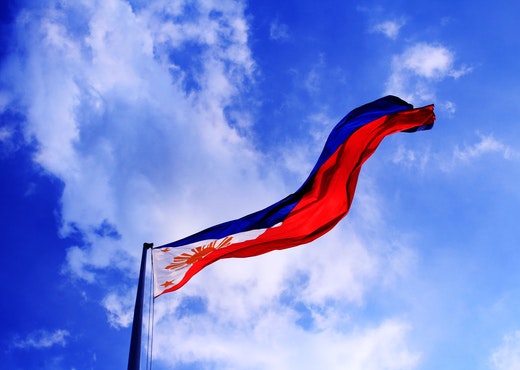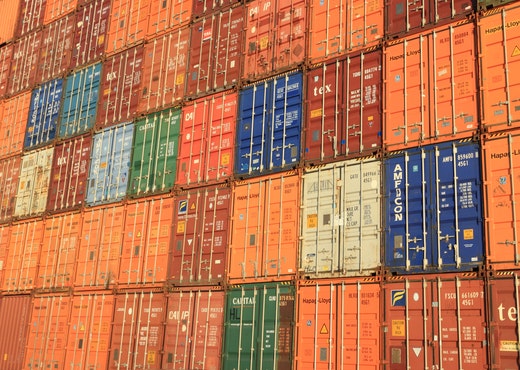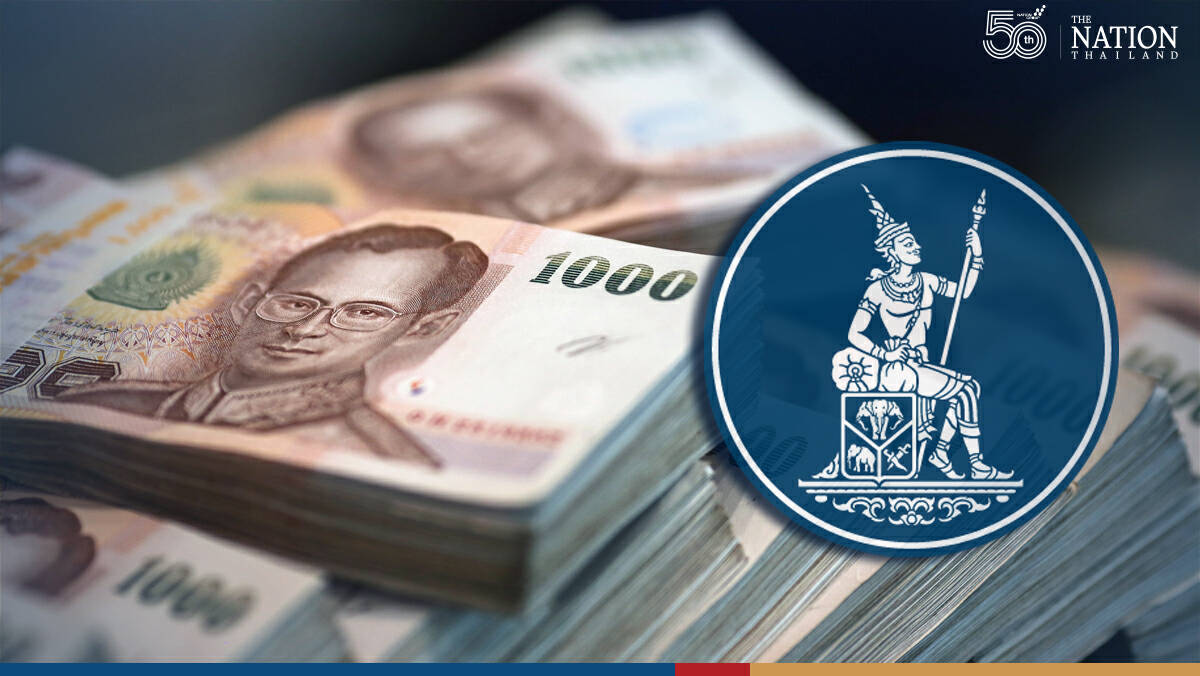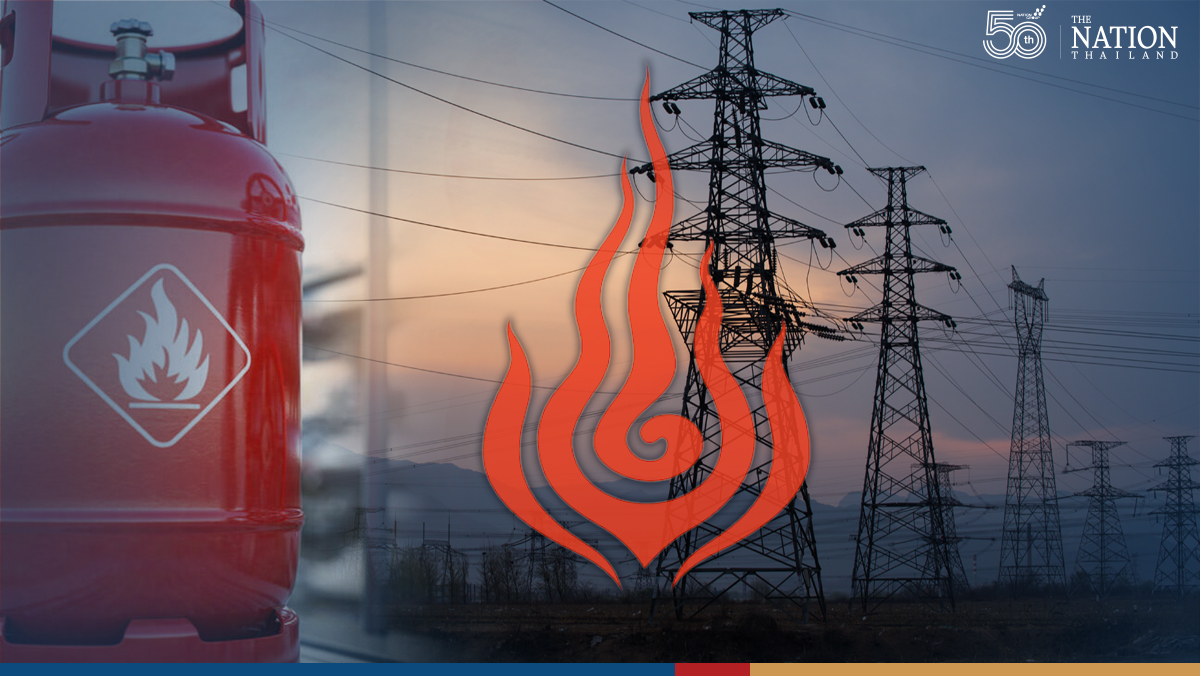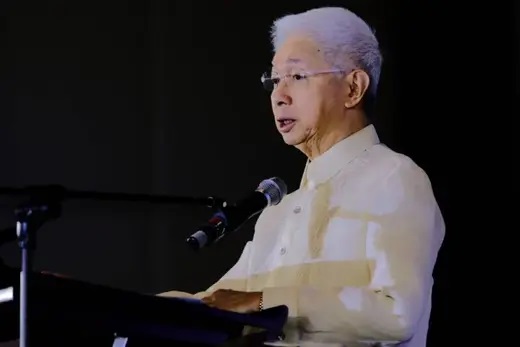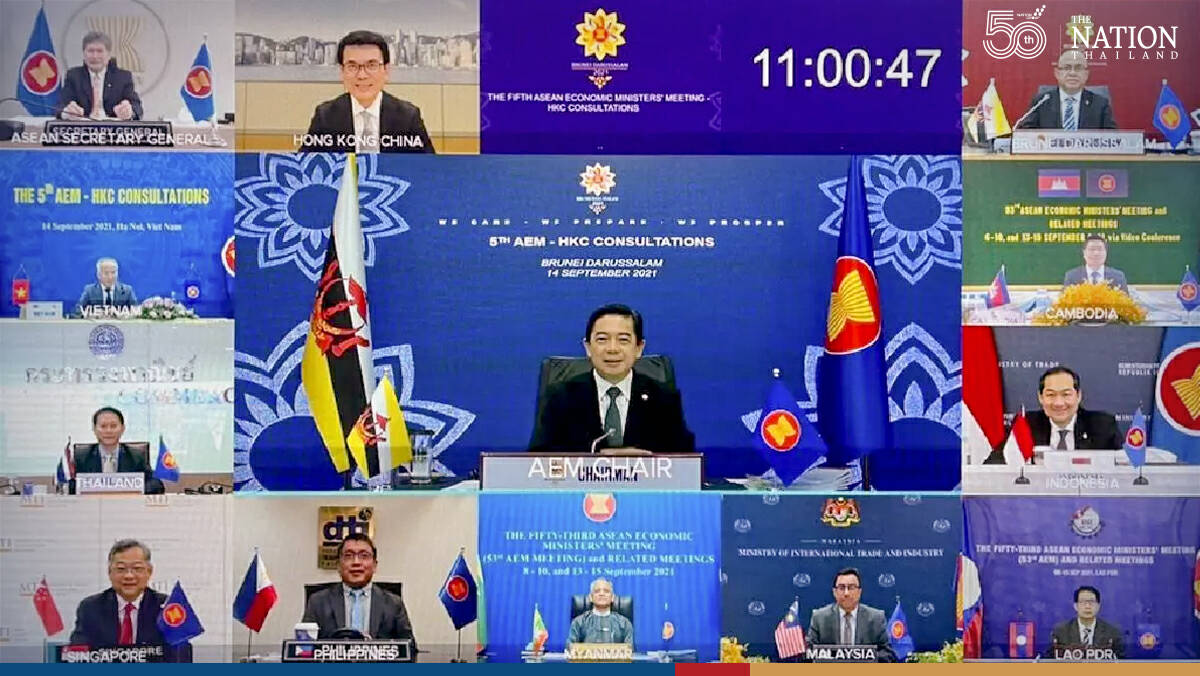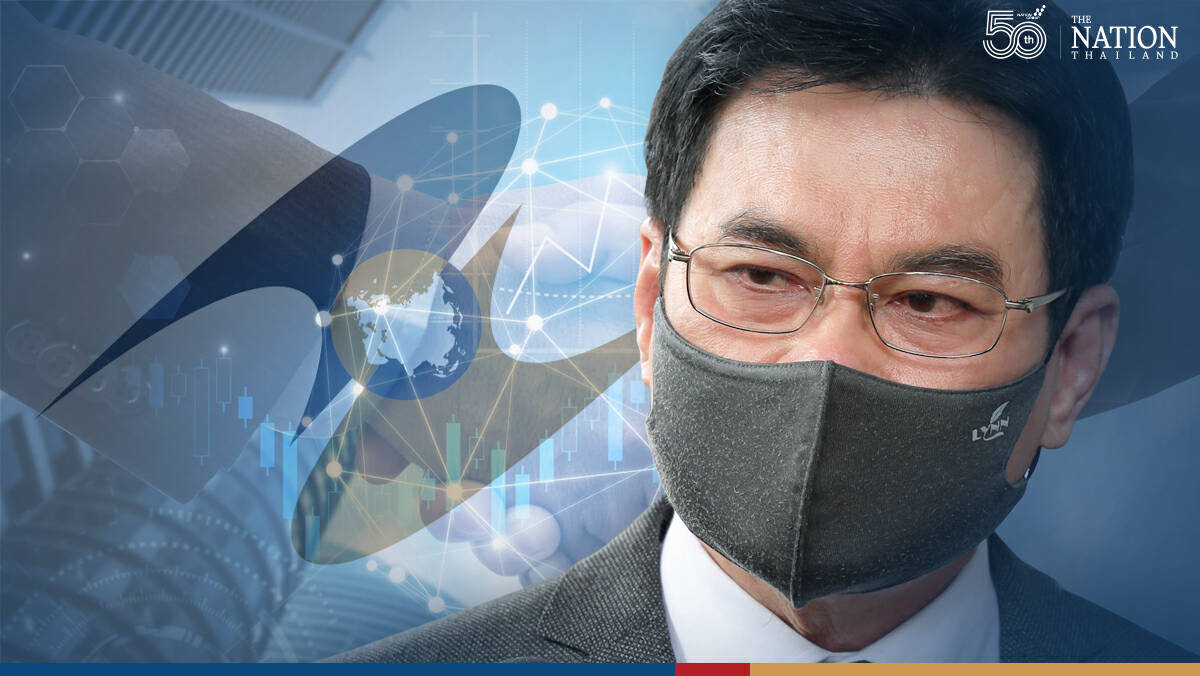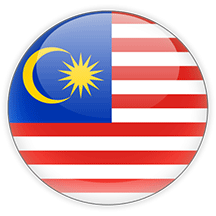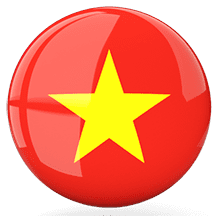Following appeals from local exporters for more vessel space, the first ever Philippine-flag container ship is set to embark on its maiden international voyage, carrying export containers to the United States.
Iris Logistics Inc., a subsidiary of logistics company Royal Cargo, Inc., announced it will hold a virtual maiden voyage ceremony on September 20 to launch its container ship M/V Iris Paoay as she sails to the US.
The news is welcome development for struggling exporters, who in a July 2021 survey conducted by the Philippine Exporters Confederation, Inc. (PHILEXPORT) said the lack of space on international shipping lines is their top shipping challenge today.
In preparation for the container ship’s landmark US voyage, the Bureau of Customs Port of Manila (BOC POM) met virtually with Iris Logistics officials on September 14, 2021.
During the meeting, Iris Logistics requested assistance from the agency for the seamless interface between BOC POM and M/V Iris Paoay, which has a carrying capacity of 1,118 twenty-foot equivalent units of containers.
District Collector Michael Angelo Vargas assured the smooth passage of the containerized vessel that will be carrying export- and import-laden containers to and from the US, and invited the cargo company for a walk-through to become familiarized with the bureau’s processes, BOC said in a release.
“The Port of Manila is ready to hit the ground running. Likewise this would be a big boost for BOC Port of Manila to process goods coming from the USA as currently the bulk of goods that come in POM are from China and the ASEAN region,” Vargas added.
In a related development, Davao-based Reefer Express Line Filipinas, Inc. also announced the start of a monthly service this month from Mindanao to the US to help manufacturers facing global shipping problems.
According to an email provided to Dr. Enrico Basilio, Chairman of the Networking Committee on Transportation and Logistics (NCTL) of the Export Development Council, one of the two ships, named M/V Cool Spirit, will ply the General Santos City-US route, as disclosed in the email by Felix Ishizuka of Reefer Express Line. It has a capacity of about 560 TEUs or 5,600 pallets position or 600 TEUs ondeck capacity. It is set to arrive at the Port of Philadelphia on September 30.
Meanwhile, another of its vessel can carry 700 TEUs capacity and will start sail to the US West Coast from Davao through Thailand on October 5.
Basilio shared the information with PHILEXPORT which had been working with the NCTL and Royal Cargo to respond to calls from shippers for relief from the capacity squeeze.
As part of the intervention, the three groups agreed to propose to government to allow domestic shipping lines to operate beyond domestic waters. Royal Cargo agreed to help by providing its ships to transport export cargoes to their ports of destination.
For the longer term, they are proposing the following:
· Passage of the Philippine Ship Registry Act which would enable Philippine flag vessels to go international
· Removal of distinction between "coastwise license" and "international license" for Philippine-flagged ships
· Securing of government imports through FOB (freight costs are separate from the cargo value of imports) to enable Philippine-flagged ships to participate in the carriage of government cargo
· Modification and amendment of MARINA Memorandum Circular No. OS-2019-02 to allow Philippine-registered vessels to concurrently be engaged in domestic and international trade
Issues with supply chain disruptions, not just in the Philippines but around the world, have been intensifying, the result of factors such as a surge in global demand, the early resumption of manufacturing in China, port congestion, and the reduction of capacity by carriers in response to lockdowns.
This has led to local shippers being unable to book slots on international container liners and having to face record-high freight rates, which are causing shipment delays and mounting losses for exporters and importers.
PHILEXPORT president Sergio Ortiz-Luis, Jr. earlier said that while these are global issues beyond anyone’s control, the government and private sector must still work closely together to effectively address them.

